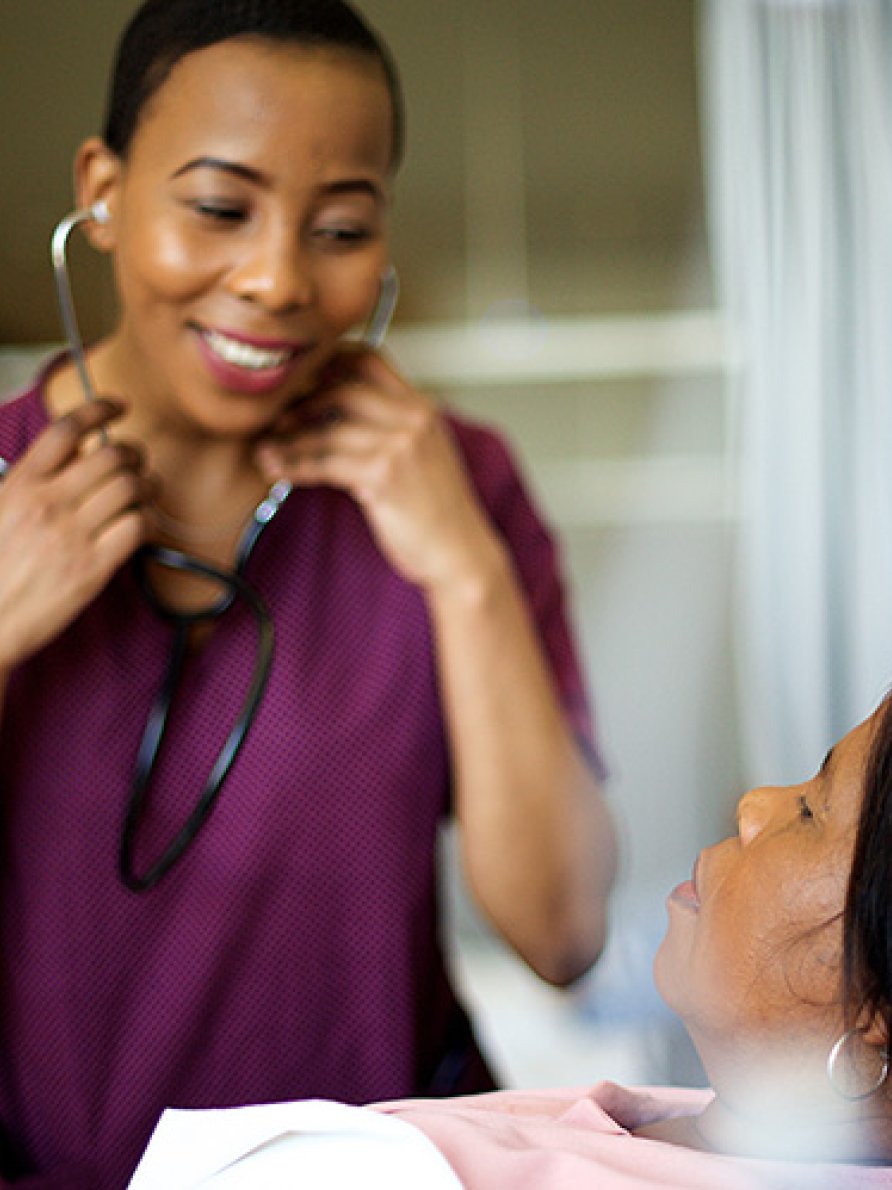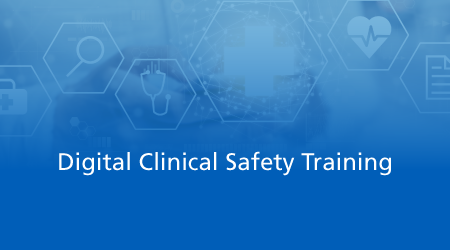Top Obligations of a Professional Security Officer in Modern Healthcare
In the developing landscape of modern-day medical care, the duty of a Professional Security Police officer has actually come to be significantly important. These professionals are tasked with methodically identifying and handling clinical risks, yet their obligations expand much past plain oversight. From creating comprehensive safety methods to fostering a culture of safety within health care groups, their impact is profound. As they browse the intricacies of governing compliance and personnel training, one have to consider just how these initiatives directly affect individual treatment outcomes. What are the underlying challenges they face in this complex duty, and how can they be effectively resolved?
Risk Analysis and Monitoring

The CSO works together with multidisciplinary groups to collect data on incidents and near misses, facilitating a society of openness and continuous improvement. By evaluating patterns and fads, the CSO can recognize locations calling for treatment, ultimately decreasing the chance of damaging occasions. Additionally, the CSO guarantees conformity with regulatory criteria and standards, which offer to boost person security and minimize liability threats.
Reliable communication is crucial; the CSO has to share risk searchings for to stakeholders, including medical care clients, suppliers, and administrators. Additionally, the CSO should stay abreast of emerging risks related to new innovations and treatment techniques, adapting danger administration strategies accordingly. Ultimately, by fostering an environment of proactive threat management, the Medical Security Officer contributes dramatically to the overall security and top quality of treatment supplied within health care settings.
Establishing Safety And Security Methods

In collaboration with multidisciplinary groups, the Medical Safety and security Police officer assesses information from event records and take the chance of evaluations to inform protocol growth. This consists of establishing clear, actionable procedures for numerous scenarios, such as infection control, drug management, and emergency situation feedback. Ensuring that procedures are not only efficient but also functional is essential; they have to be conveniently understood and incorporated right into daily procedures.
Furthermore, the Scientific Security Policeman remains updated on the most current improvements in safety and security procedures and medical care technologies, adapting protocols accordingly. Normal reviews and updates of these procedures are essential to ensure they remain efficient and relevant in dealing with arising dangers. Ultimately, strong safety and security procedures offer as a foundation for a culture of security, cultivating a setting where person treatment is focused on and threats are methodically reduced.
Performing Training Sessions
While safety find more information and security procedures supply the structure for danger monitoring, conducting efficient training sessions is vital to make certain that all healthcare personnel are efficient in these methods. A Professional Safety and security Officer plays an essential function in developing and carrying out detailed training programs tailored to the details requirements of different groups within the health care setting. This includes organizing workshops, seminars, and hands-on training that resolve existing security standards, emergency procedures, and using safety equipment.
In Addition, the Scientific Security Police officer should analyze the understanding gaps among employee, making certain that training sessions are relevant and engaging. Using a mix of training techniques, such as interactive simulations and study, can boost understanding and retention. Clinical safety officer. Frequently arranged training refreshers also strengthen personnel preparedness and adaptability to developing safety methods
Moreover, promoting a society of security within the company is vital. The Scientific Safety Officer need to urge open discussion and comments throughout training sessions, allowing staff to voice issues and share experiences. Inevitably, well-conducted Get More Information training sessions equip medical care specialists to respond efficiently to possible dangers, fostering a much safer setting for both patients and team.
Surveillance Compliance Specifications
Keeping track of compliance criteria is integral to the duty of a Scientific Safety and security Officer, guaranteeing that all safety methods are consistently stuck to across the healthcare facility. This responsibility entails regular evaluations of medical techniques, plans, and procedures to straighten them with well-known governing and organizational criteria.
The Medical Security Police officer have to carry out organized audits and assesses to recognize potential gaps in compliance, fostering a proactive method to client safety and security. By implementing robust surveillance systems, the officer can successfully track adherence to safety protocols and rapidly address any inconsistencies.
In Addition, the Clinical Safety Police officer works together with different divisions to ensure that all employee recognize and understand conformity requirements. This includes examining event reports, reviewing threat management methods, and offering feedback to improve practices.
Additionally, the police officer must remain updated on progressing health care laws and standards, making sure that the center adjusts appropriately. By cultivating a society of accountability, the Clinical Safety and security Police officer plays an important duty in improving the general safety and quality of treatment delivered to individuals, inevitably contributing to much better health results and organizational stability.

Advertising a Culture of Safety And Security
Creating a society of security within a medical care facility is necessary for enhancing and lessening threats client care. A Scientific Safety And Security Officer (CSO) plays a critical function in cultivating this setting by promoting responsibility, openness, and constant enhancement among team at all levels. The CSO executes and creates safety procedures that urge open interaction and reporting of incidents without concern of reprisal.
To successfully advertise a society of safety and security, the CSO should participate in regular training sessions that emphasize the significance of person safety and security and danger monitoring. These sessions should include real-life study and simulations to aid team identify potential hazards and comprehend their responsibilities in mitigating them. Furthermore, the CSO should help with interdisciplinary cooperation, making sure that all departments collaborate to resolve safety worries thoroughly.
Regular assessments and feedback mechanisms are vital elements of this society. The CSO has to assess safety and security information, identify fads, and share findings with the whole organization to drive renovation initiatives. By prioritizing security, the CSO grows an atmosphere where staff feel equipped to promote for their people, causing improved care quality and ultimately, much better health end results.
Conclusion
In verdict, the function of a Medical Safety and security Officer is important to cultivating a risk-free medical care atmosphere. Eventually, the initiatives of Clinical Safety and security Policemans guarantee that safety remains a paramount focus within healthcare setups.
Ultimately, by promoting an environment of proactive danger management, the Clinical Safety Officer contributes substantially to the general safety and security and high quality of treatment provided within health care settings.
Additionally, the Scientific Safety and security Police officer remains upgraded on the newest developments in security steps continue reading this and healthcare technologies, adjusting methods as necessary. Inevitably, strong safety and security procedures serve as a foundation for a society of security, fostering an environment where person care is prioritized and risks are systematically alleviated.
To successfully promote a society of safety, the CSO has to engage in regular training sessions that emphasize the relevance of individual safety and security and danger monitoring (Clinical safety officer). Eventually, the initiatives of Clinical Security Police officers make sure that security continues to be a critical focus within health care setups